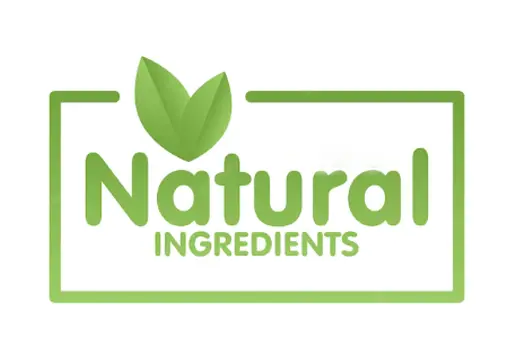Reproductive Health Support
Chasteberry Background and Benefits
Chaste mud is a common name for Vitex agnus-castus, a flowering plant native to the Mediterranean region. It is also known by other common names such as Abraham's balsam, chaste tree, and monk's pepper. The chasteberry has been known since ancient times and was discovered by the Greek botanist Theophrastus in the 4th century.
The chasteberry is cultivated in many tropical and subtropical regions of the world, mainly for its value as a deciduous tree. The fruits and seeds of the chasteberry are also edible, mostly as a staple food. The lavender flowers, which grow in panicles, emit a delicate fragrance that attracts butterflies. Chasteberry trees can grow up to 30 feet tall, especially in full sun and well-drained soil. Under ideal conditions, they can grow as tall as Nantucket.
Agnuside is one of the most important active ingredients in chasteberry and is chemically described as an ester of p-hydroxybenzoic acid and aucubin. Agnuside's greatest benefit involves the female reproductive cycle, which researchers attribute to its effect on the pituitary gland. One study has also shown that extracts of chasteberry bind to opiate receptors in the brain, which would explain its use in relieving discomfort.
Uses of chasteberry
Relieving menstrual cramps is the main use of chasteberry as a dietary supplement. Other uses of this plant include reproductive health support and breast health.
Signs that you may need Chasteberry
Menstrual cycle irregularities are one of the most common signs that you could benefit from chasteberry extracts. These include conditions such as menopause, premenstrual syndrome (PMS), and premenstrual dysphoric disorder (PMDD), a more severe form of PMS. Other signs that women need Chasteberry include low progesterone levels, poor reproductive health and function. Men who have restricted urine flow may also benefit from Chasteberry.






